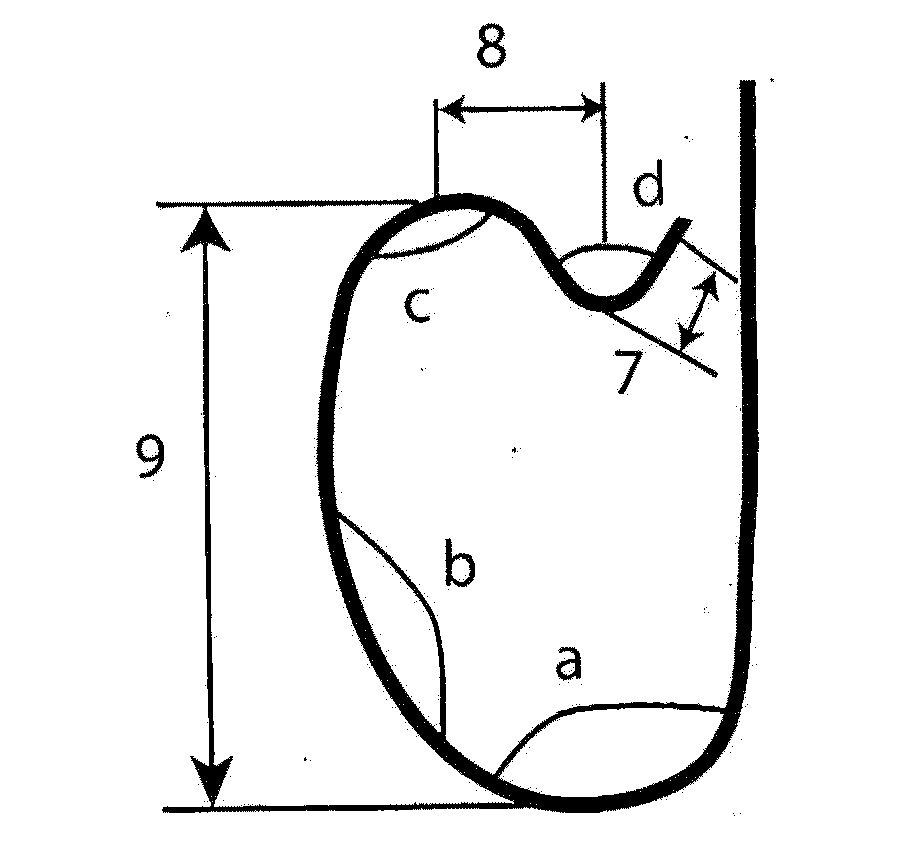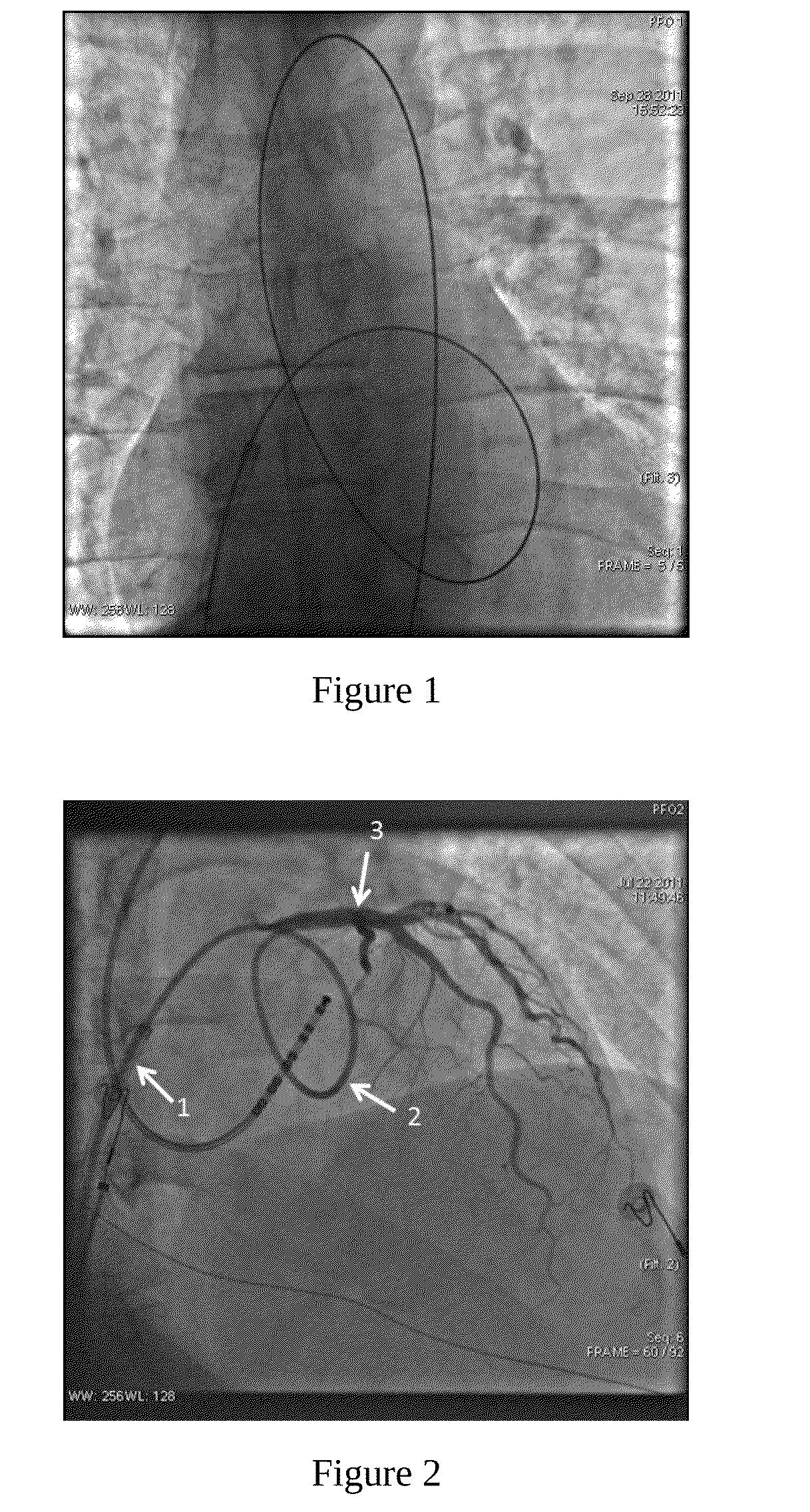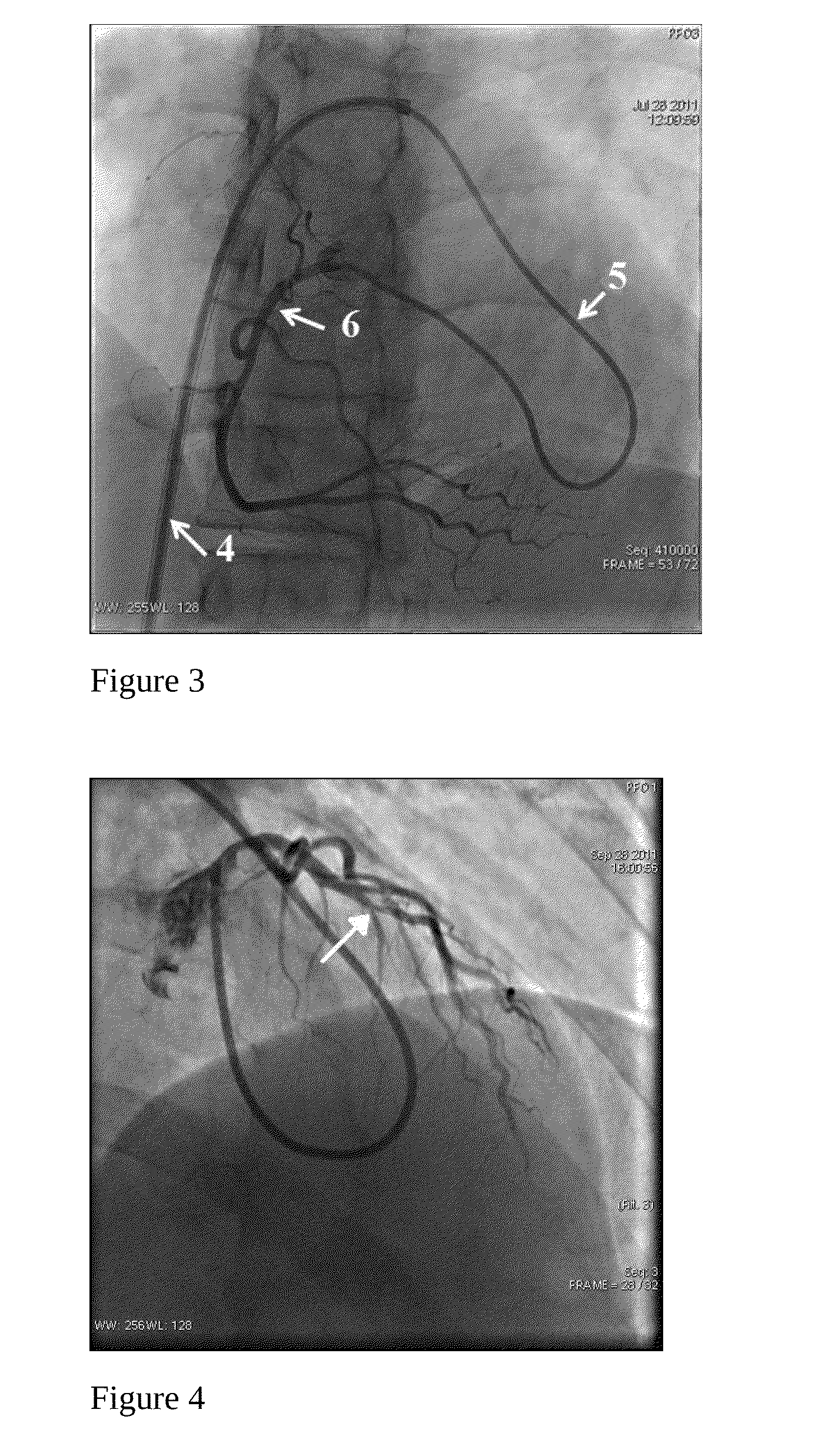Method for the catheterization of the coronary arteries and catheter for the implementation thereof
a catheterization method and coronary artery technology, applied in the field of medicine, can solve the problems of limited catheter diameter and technical inability to catheterize via arterial access, and achieve the effects of improving treatment efficiency, eliminating adverse drug reactions, and safe escalation
- Summary
- Abstract
- Description
- Claims
- Application Information
AI Technical Summary
Benefits of technology
Problems solved by technology
Method used
Image
Examples
Embodiment Construction
[0125]Although penetration into the left atrium through the venous access with atrial septal puncture has been proposed in the prior art (U.S. Pat. No. 6,241,728), but this method has never been applied for coronary intervention.
[0126]As discovered by the inventor, coronary arteries can be reached through the left atrium (via the venous access with atrial septal puncture) for catheterization and manipulation just by changing the shape of a standard catheter.
[0127]Whereas this catheterization technique may seem unobvious to those skilled in the art, the inventor has performed a number of successful operations using this technique, thus proving its feasibility.
[0128]In traditional catheterization methods, puncture of arteria (femoral or radial) is performed, and a catheter is inserted through a guide in an artery into ascending aorta, where, due to a suitably selected shape of the catheter tip, the catheter is positioned with its distal end adjacent to the ostium of the coronary arter...
PUM
 Login to View More
Login to View More Abstract
Description
Claims
Application Information
 Login to View More
Login to View More - R&D
- Intellectual Property
- Life Sciences
- Materials
- Tech Scout
- Unparalleled Data Quality
- Higher Quality Content
- 60% Fewer Hallucinations
Browse by: Latest US Patents, China's latest patents, Technical Efficacy Thesaurus, Application Domain, Technology Topic, Popular Technical Reports.
© 2025 PatSnap. All rights reserved.Legal|Privacy policy|Modern Slavery Act Transparency Statement|Sitemap|About US| Contact US: help@patsnap.com



